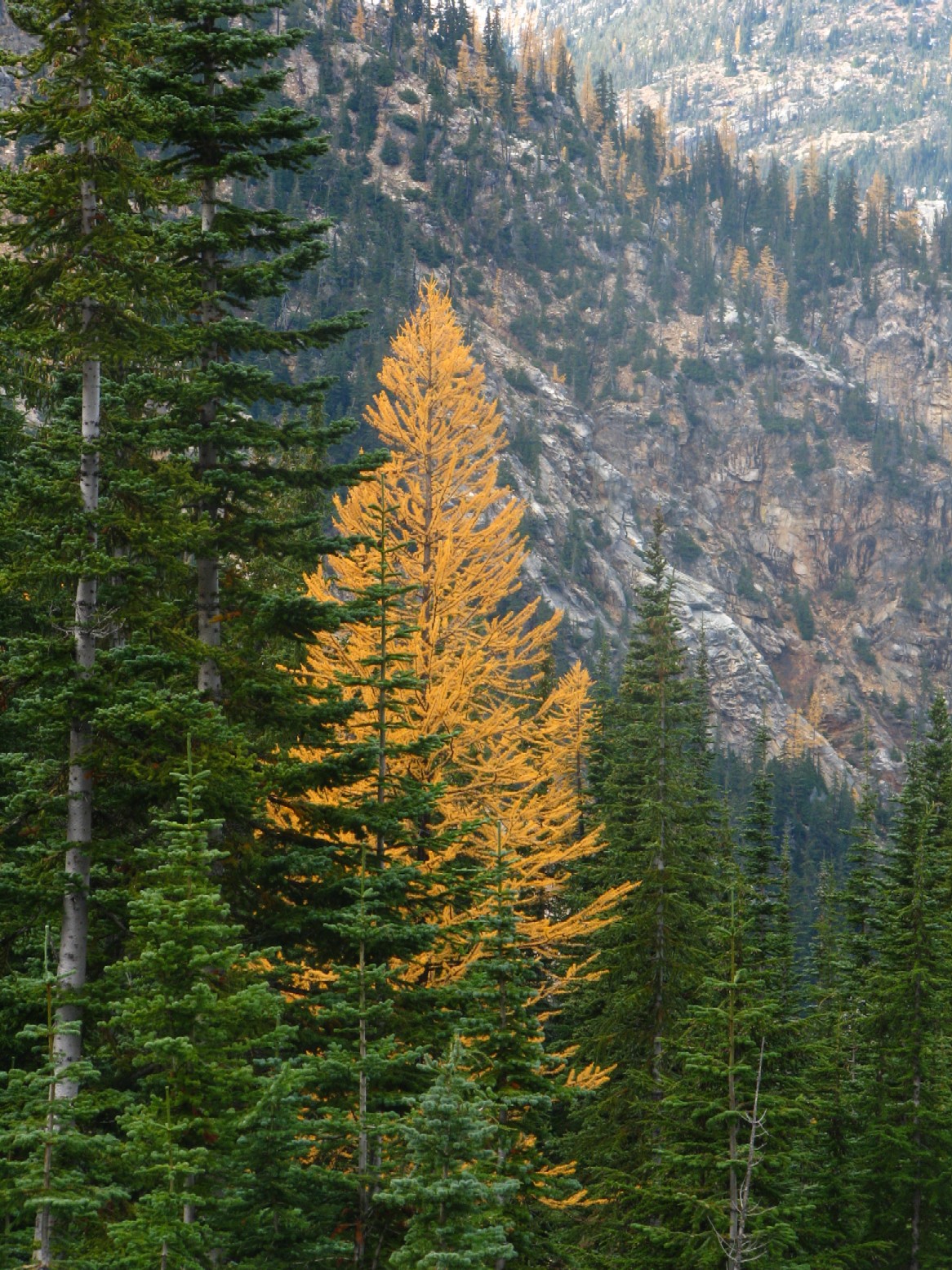by Mary Kiesau, Methow Conservancy Educational Programs Director

I can’t exactly tell you what compelled me to apply to graduate school last winter and actually go through with it this fall except that lifelong learning is an important part of my life and is one of the things that best helps me contribute to others, through my work at the Methow Conservancy as well as personally.
I admit I don’t really know what I’m getting myself into, and it’s sort of crazy and not exactly easy to go back to school at the age of 40 when I have a perfectly fine job and a perfectly full life already!
On Sept 24, 2014, I began a weekly commute to Bellingham to participate in the Masters of Education in Environmental Education degree program at Huxley College at Western Washington University. Fortunately (and the only reason I even considered applying), this program is set-up relatively well for working professionals in that one only has to do two 10-week quarters on campus, which I’ll do this fall and winter, and then the rest of the program is independent, including the Masters thesis or project, and will be done in the Methow and in-conjunction, as much as possible at least, with the Methow Conservancy.

Rest assured, I’m not leaving the Methow Conservancy or the Methow, I’m just a “part-timer” for about six months. Like many of you, I’ll be checking the Methow weather and web cams and missing great events that happen mid-week, and living for the weekends when I can drive over and get my Methow fix.
For those of you who want the logistical details, for this fall quarter which ends Dec 5, I drive over on Monday mornings and return to the Methow on Friday afternoons. I continue to do Conservancy work everyday remotely, and then more on the weekends in the office and in the field. The public shouldn’t notice any difference. You’ll even probably see me at First Tuesdays! I get a month off between Dec 6 and Jan 6 and then start the winter quarter which runs through mid-March. For that quarter, I’ll drive over on Sunday afternoons (yes, the long way around) and return to the Methow on Wednesday afternoons.

So far, the classes and coursework, and my instructors and classmates, are interesting and engaging. I’m really enjoying all of it, though I’ve never forced myself to read so much in my life! It’s a little weird to be spending the bulk of your days reading, thinking and discussing, and not really “doing,” but as a practitioner of environmental/natural history/conservation/sustainability/stewardship…education I think an overall goal is to use the dedicated thinking/reading/discussing time to grow and learn so that when I get back to “doing” I will have a stronger foundation for it, and hopefully be more skilled and suited for it.
Here’s a little bit about this fall’s campus-based courses:
ENVS 585
Environmental Education Foundations, Dr. Nick Stanger
This class is taught outdoors, rain or shine. It employs a lot of self-reflection and “Transformative Inquiry” to help us discover our own EE foundations and envision our future as practitioners of EE.

ENVS 587
Conservation Psychology, Dr. Gene Myers
This class is about the human mind, emotion, behavior patterns, language, social patterns, biases, and so on. One goal of the class is to better understanding how people think about, feel about, benefit from, experience, and relate/connect to nature, and what inspires or inhibits conservation action.
ENVS 501
Research & Projects in Environmental Studies, Dr. David Rossiter
This class is primarily a seminar involving significant reading and discussing. It looks at the current trends in and historical contexts of environmental studies from a wide variety of historical and modern practitioners, with the goal of giving us a broader context of human-environment studies.
I had to write down some of my goals/expectations for this program. Here’s what I said, in no particular order:
- I should be changed for the better through this program. Maybe this is not entirely something I can measured but I believe it will be something I can sense.
- I will go through each class with a high degree of respect and trust for what instructors are asking us to do and for the work I do, as well as some degree of humility, humor, self-respect and joy. I will try to honor myself and my work, as well as my instructors and my fellow students.
- I will bring all my values - about the natural world, doing what is right for each of us, conservation and environmental issues, community, global issues and the need for huge changes/transitions (David Orr says, “...we continue to educate and the young... as if there were no planetary emergency.”) - with me when I read and think for each class, discuss in class, and attend.
- I will try to integrate what I’m reading, thinking about and learning in all my EE classes so that I have a cohesive understanding of what I’ve learned and how I’ve changed. These classes taken together as a whole should be greater than the sum of their parts when the quarter is finished.
- I will try to determine what is important and relevant in what I read, think about, discuss and do in these classes and apply those things to my life and work, both professionally and personally.
- I expect to be intellectually challenged and stimulated, and to enjoy myself and the classes.

IF YOU HAVE CONNECTIONS IN BELLINGHAM, I'm searching for a place(s) to stay mid-week from Nov 3 - Dec 5 and Jan 6 - March 15! An unoccupied house, or a small private self-contained apartment/room is ideal, and I'm happy to move around if places are only available some of the time I need lodging. Free to cheap is also ideal but may not be practical I know. I can provide more details if you have any ideas. Email me at mary@methowconservancy.org



























